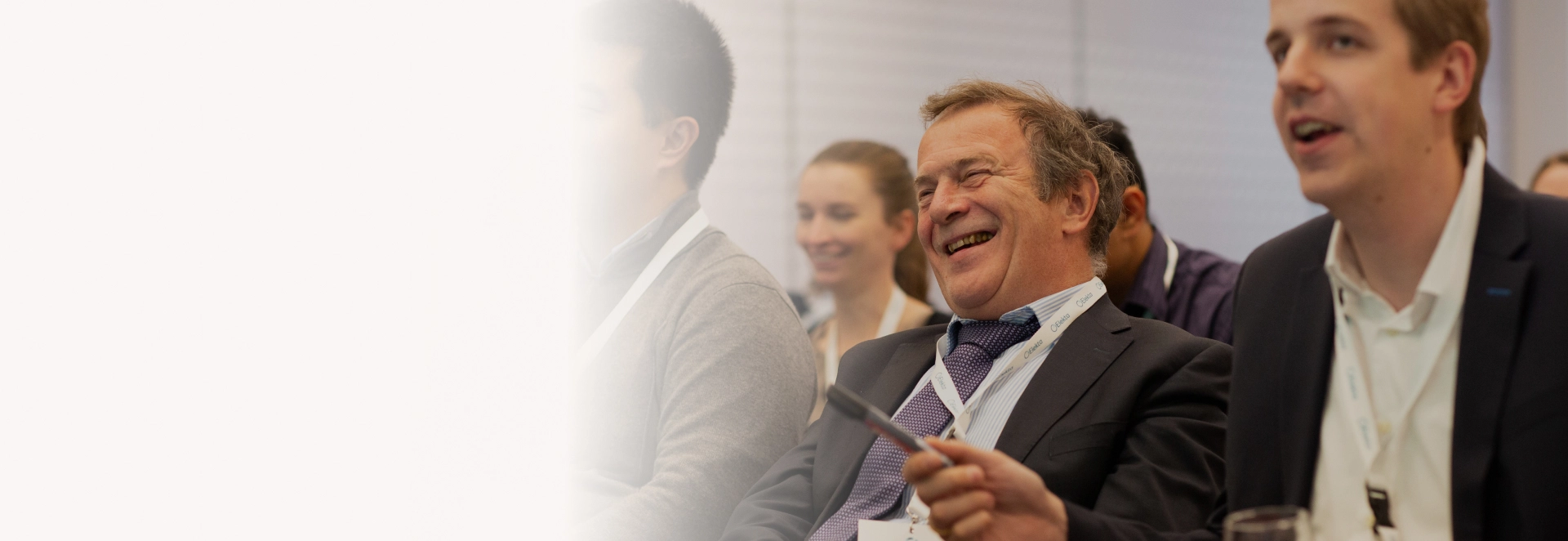
Annual
Consortium
Meeting
MR-Linac Consortium Meeting Location 2025
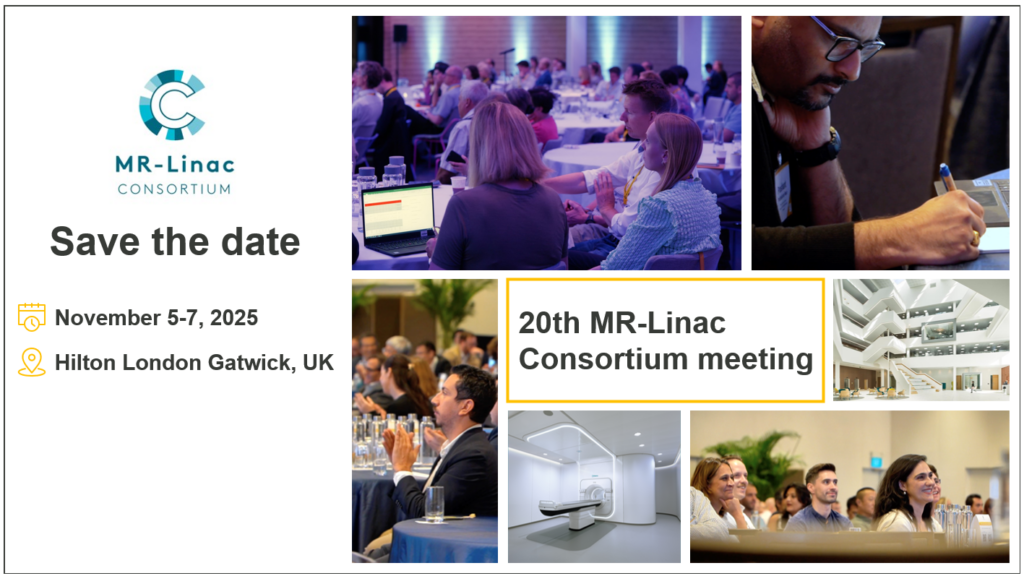
Meet the 2025 Organization Committee
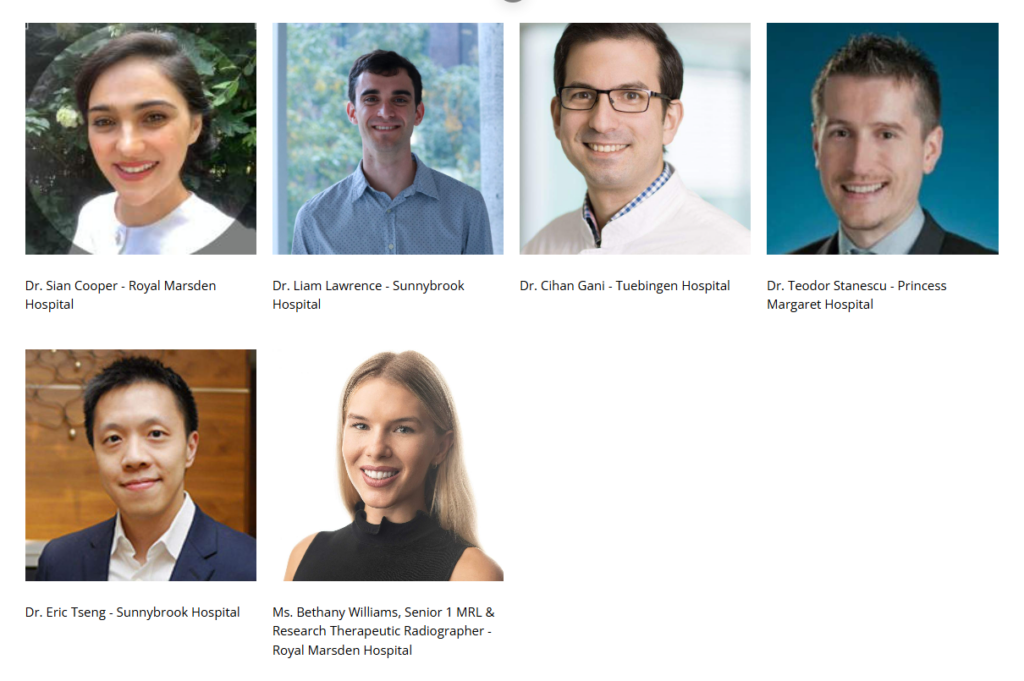
Important Dates
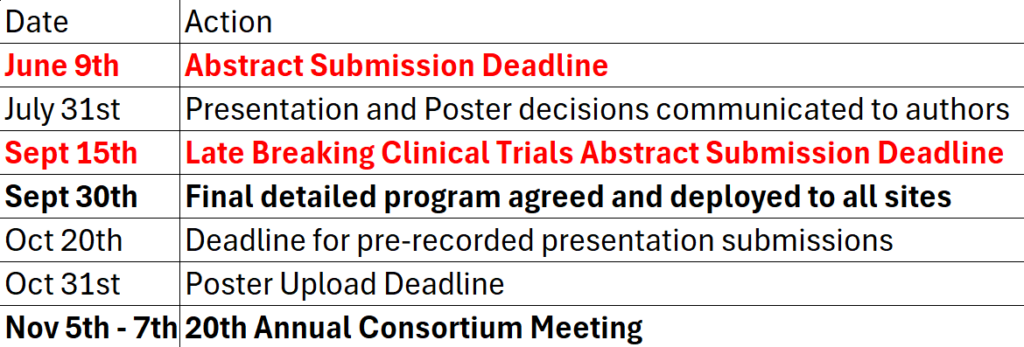
What is the meeting all about? Watch the video below to discover more…
Meetings are scheduled yearly. The meeting is orgnised and run by a specific committee made up of representatives from across the consortium.
It is the intention to select locations that allow geographical spread of the meetings and that provide good international access.
The meetings are generally
divided into 2 main areas of interest:
Educational Interests
Primarily focused on members new to the Consortium or the technology, this track consists of presentations and workshops describing the Consortium structure and way of working, associated projects and the basis of the device (MR, clinical workflow, configuration and acceptance procedures), and achieving a common understanding on terminology (e.g., ATS vs ATP).
Scientific and Research Interests
Composed of a set of presentations and workshops that cover specific scientific and research activities of general interest for the whole consortium. Group meetings discuss clinical studies development and monitoring, guidelines and best practice definitions, and MOMENTUM project deliverables.
Other specific meetings also take place such as the Institutional lead meeting or brainstorm group meetings. Consortium meetings are private, and the material deployed during the meeting has to be considered confidential and property of the authors unless explicitly communicated otherwise
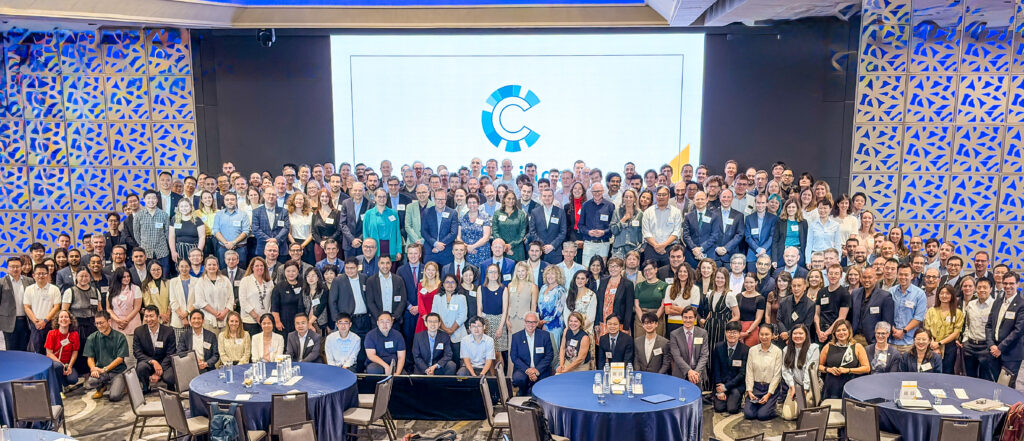
Previous Events
- 14th Annual Consortium Meeting – Copenhagen 2019
- 15th Annual Consortium Meeting – Virtual 2020
- 16th Annual Consortium Meeting – Virtual 2021
- 17th Annual Consortium Meeting – Houston, Texas 2022
- 18th Annual Consortium Meeting – Amsterdam 2023
- ‘Consortium at ESTRO 2024’ event on Friday May 3rd before the main ESTRO24 program in Glasgow.
- 19th Annual Consortium Meeting – Singapore 2024